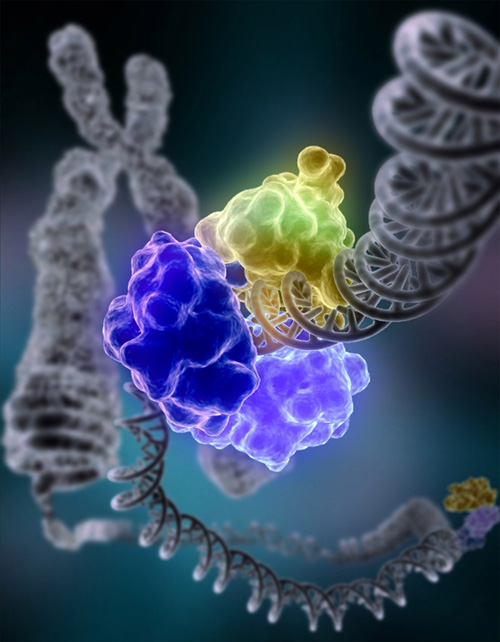Abstract
Timely repair of chromosomal double-strand breaks is required for genome integrity and cellular viability. The polymerase theta-mediated end joining pathway has an important role in resolving these breaks and is essential in cancers defective in other DNA repair pathways, thus making it an emerging therapeutic target1. It requires annealing of 2–6 nucleotides of complementary sequence, microhomologies, that are adjacent to the broken ends, followed by initiation of end-bridging DNA synthesis by polymerase θ. However, the other pathway steps remain inadequately defined, and the enzymes required for them are unknown. Here we demonstrate requirements for exonucleolytic digestion of unpaired 3′ tails before polymerase θ can initiate synthesis, then a switch to a more accurate, processive and strand-displacing polymerase to complete repair. We show the replicative polymerase, polymerase δ, is required for both steps; its 3′ to 5′ exonuclease activity for flap trimming, then its polymerase activity for extension and completion of repair. The enzymatic steps that are essential and specific to this pathway are mediated by two separate, sequential engagements of the two polymerases. The requisite coupling of these steps together is likely to be facilitated by physical association of the two polymerases. This pairing of polymerase δ with a polymerase capable of end-bridging synthesis, polymerase θ, may help to explain why the normally high-fidelity polymerase δ participates in genome destabilizing processes such as mitotic DNA synthesis2 and microhomology-mediated break-induced replication3.







